Credited for the theory of natural selection
Charles Darwin
Pioneer in radioactivity. Discovered polonium and radium.
Marie Curie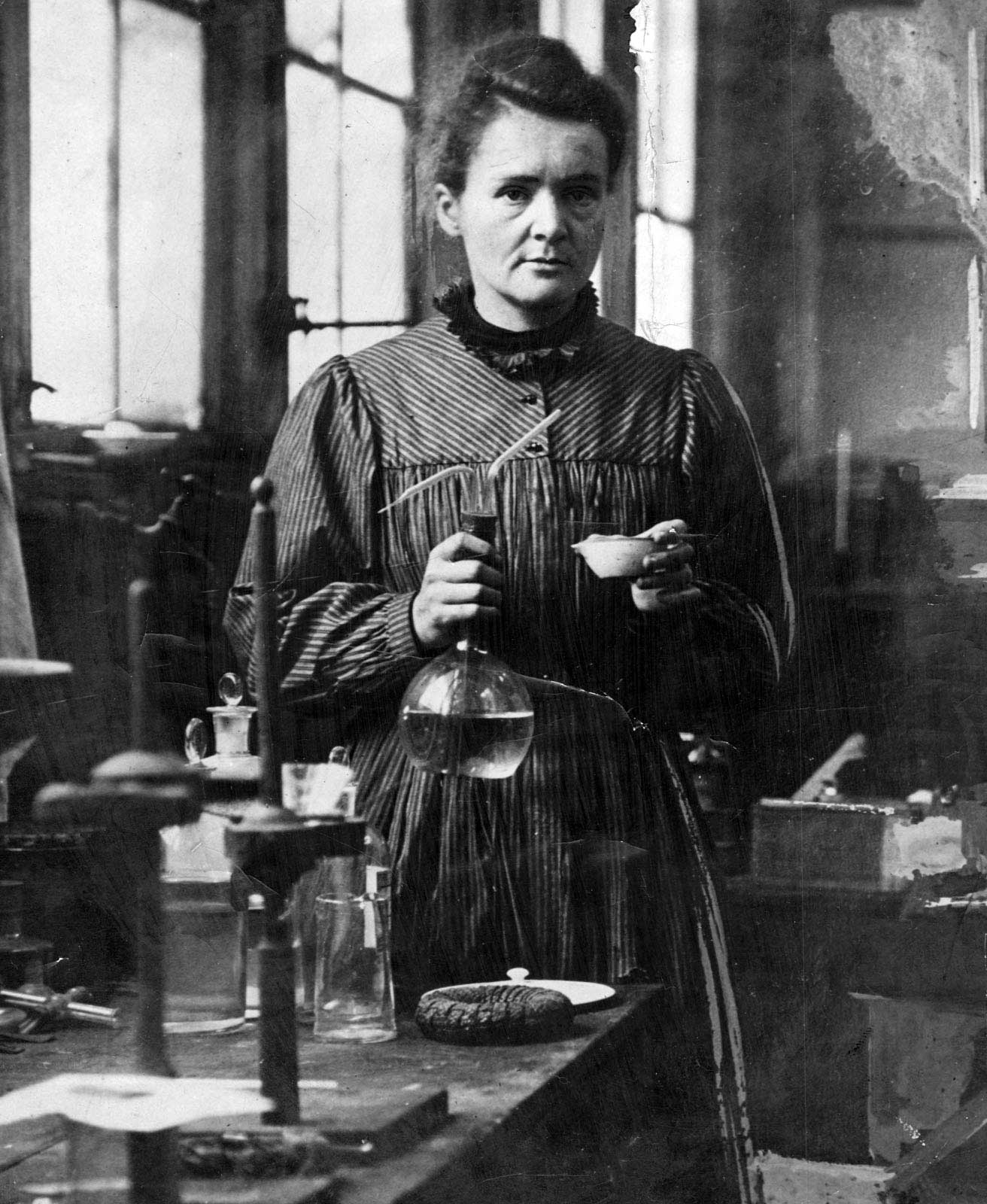
"The cartilaginous section at the lower end of the sternum"
Xiphoid Process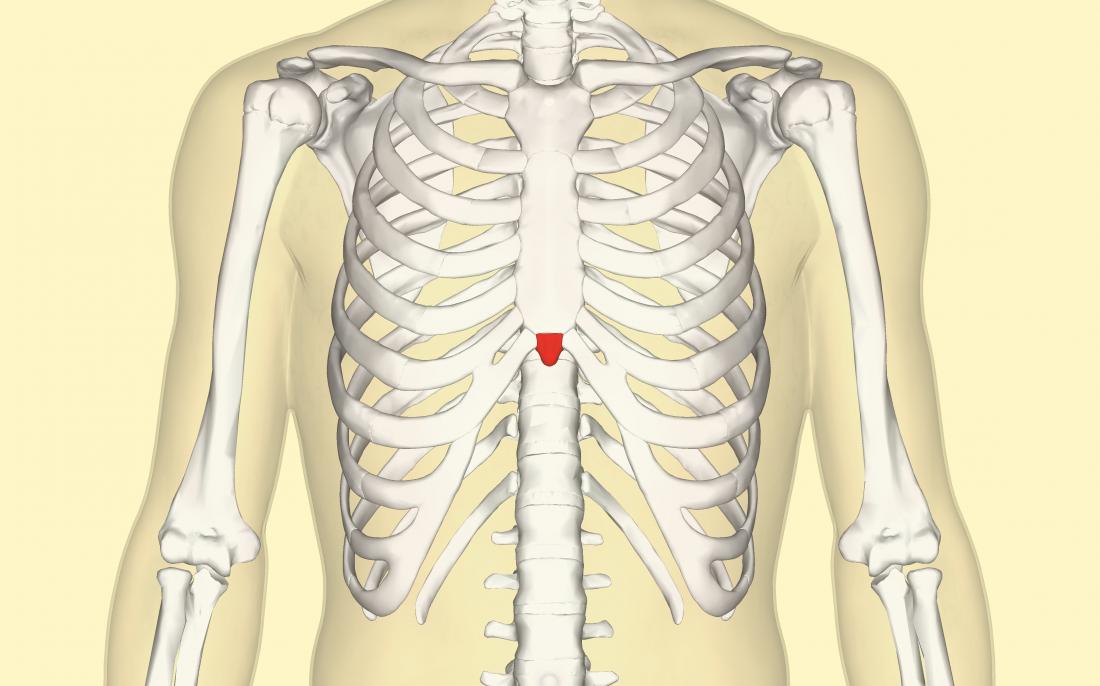
Type of doctor that specializes in feet and ankles
Podiatrist
Closest living relative to humans
Chimpanzees or bonobos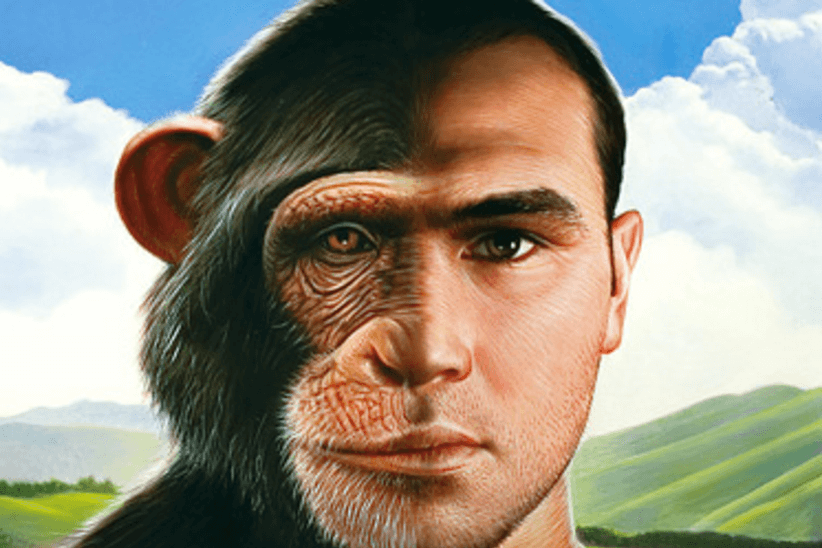
Created the processes of fermentation and pasteurization. Developed the vaccines for cholera, rabies, and anthrax.
 Louis Pasteur
Louis Pasteur
Discovered the structure of the DNA double helix
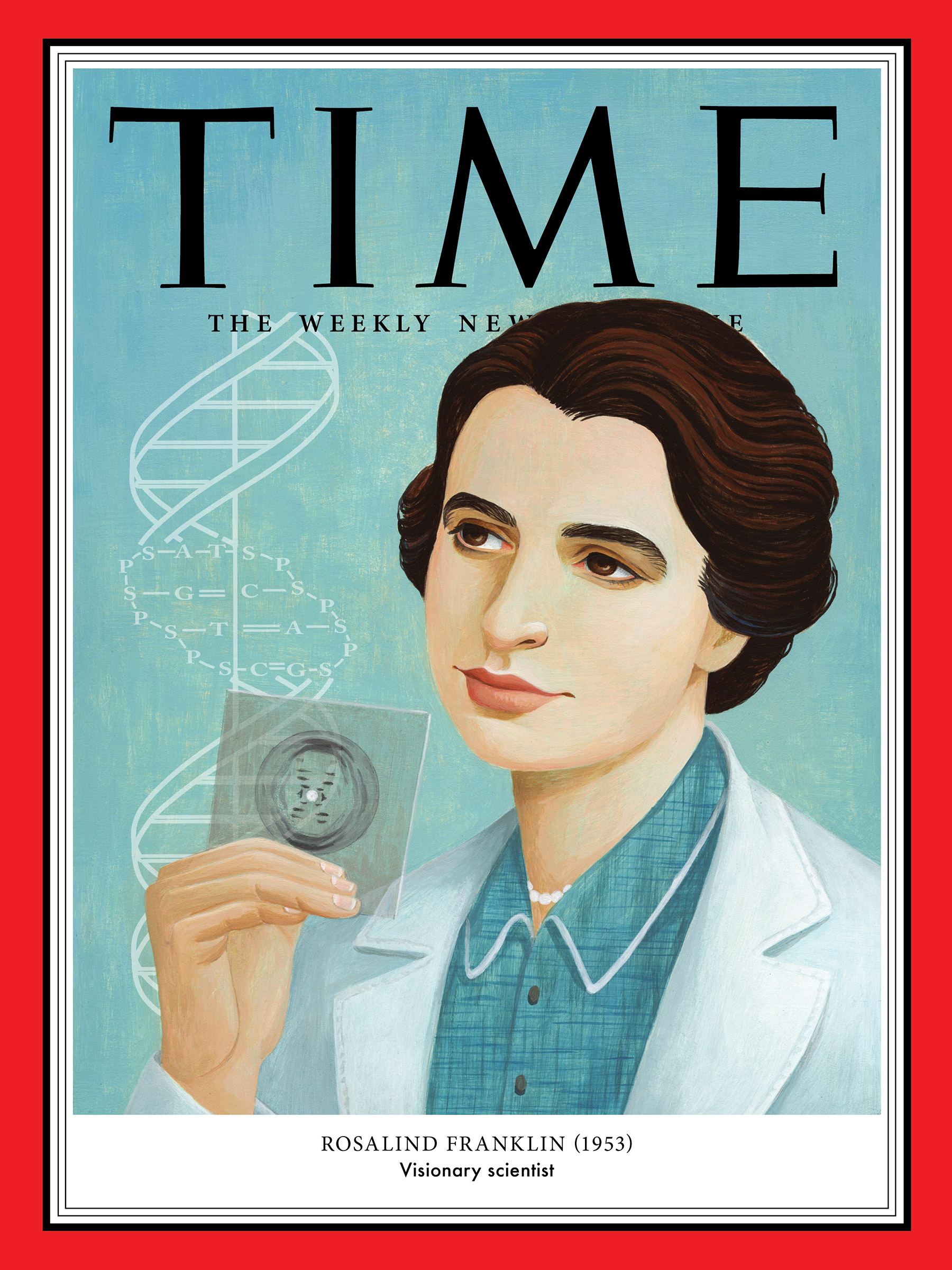 Rosalind Franklin
Rosalind Franklin
3 tiny bones in the middle ear
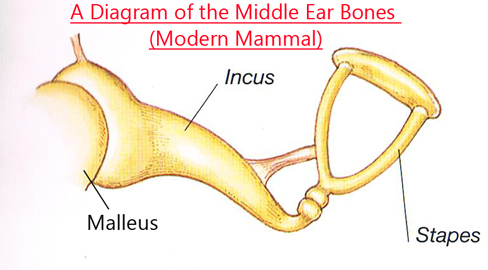 Hammer/malleus, anvil/incus, stirrup/stapes
Hammer/malleus, anvil/incus, stirrup/stapes
Condition that used to be diagnosed by tasting a sample of the patient's urine.
 Diabetes
Diabetes
Living species most closely related to dinosaurs
Birds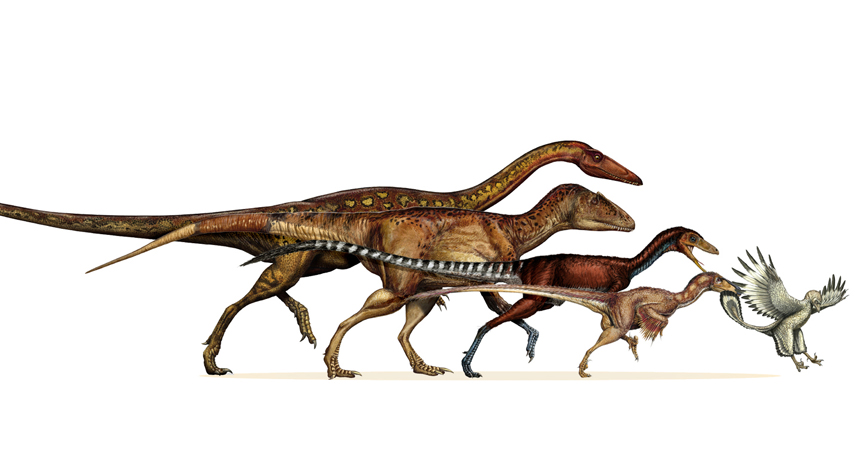
Famous Greek physician. The namesake for the ethical oath doctors take.
 Hippocrates
Hippocrates
A cook who famously was an asymptomatic carrier who spread a disease to over 50 people through peach ice cream in the early 1900s.
 Typhoid Mary/Mary Mallon
Typhoid Mary/Mary Mallon
The middle part of the small intestine. Helps digest food and absorb nutrients.
 Jejunum
Jejunum
Type of injection used to alleviate excessive sweating.
 Botox
Botox
AB+
First type of vaccine administered
Smallpox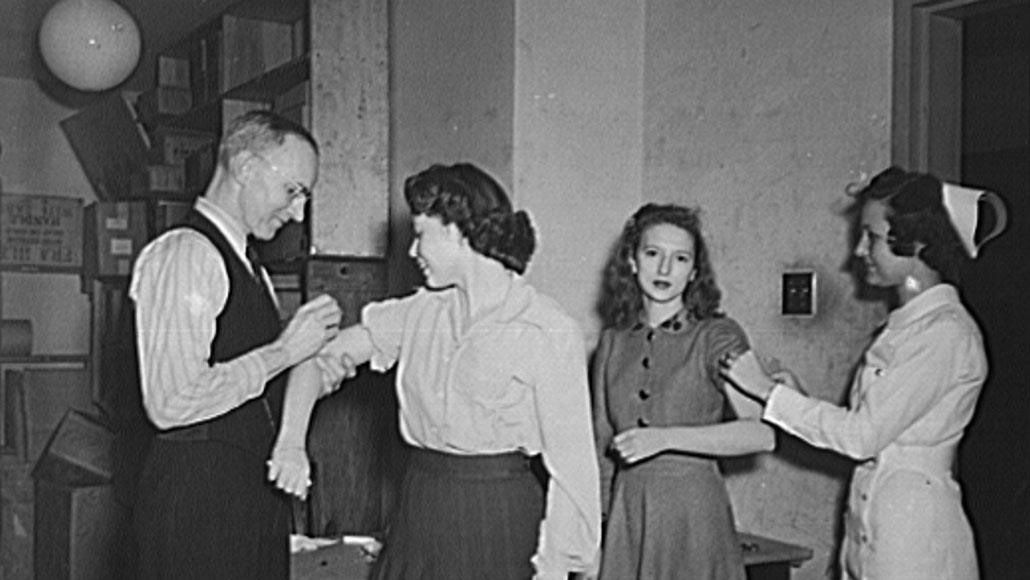
Chemist Stephanie Kwolek invented this fiber that is used to make bulletproof vests
 Kevlar
Kevlar
Bone that commonly fractures during childbirth.
Tailbone (coccyx)
Animal commonly used for organ transplant in humans.
Pig
Condiment originally sold as a cure for diarrhea, indigestion, and jaundice.
Ketchup
Renaissance physician who stole bodies from the gallows to study anatomy.
Andreas Vesalius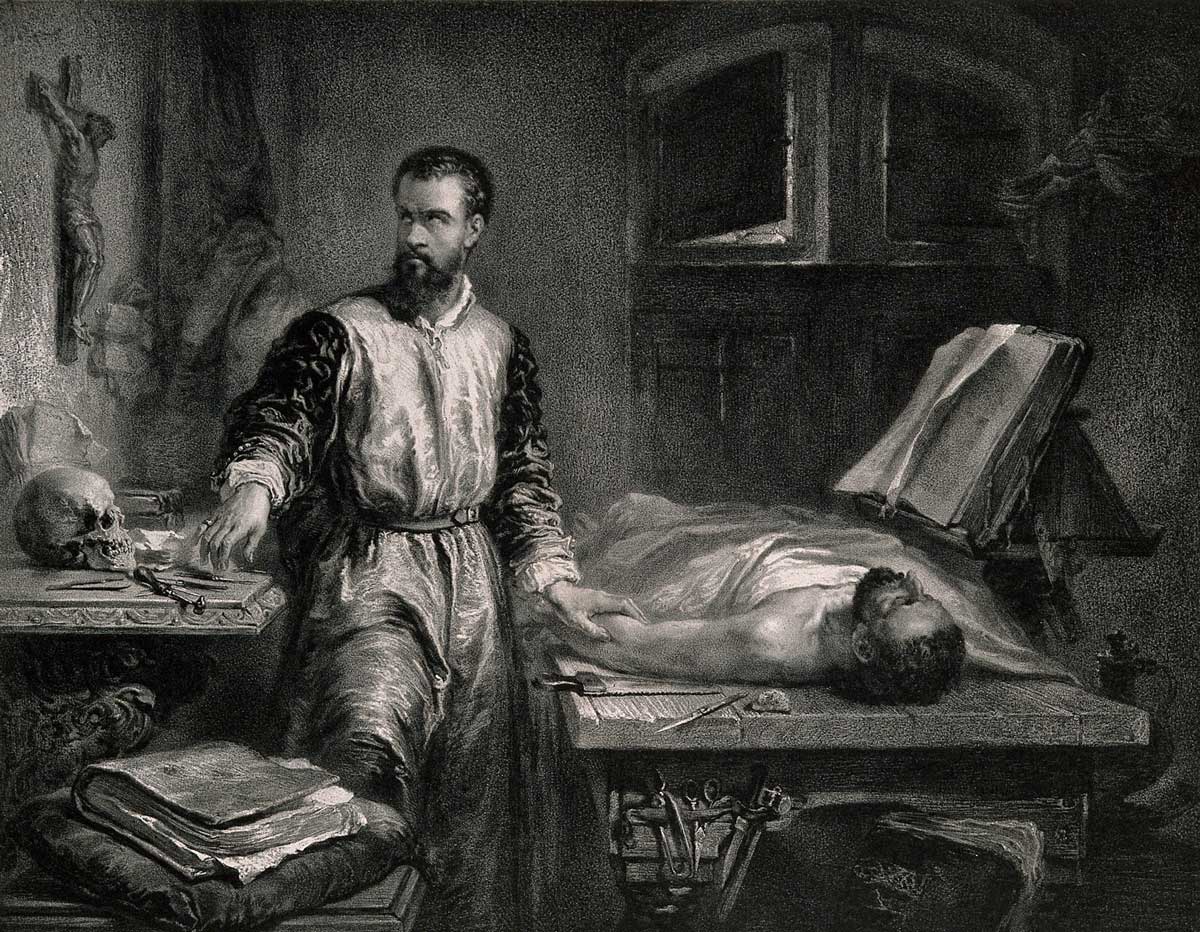
In 1986, Patricia Bath invented a laser surgery to prevent blindness from this condition that clouds the lens of the eye.
 Cataracts
Cataracts
A tumor on this gland is responsible for the condition that impacted many of the actors who played the "munchkins" in The Wizard of Oz.
Pituitary Gland (the condition is called Pituitary Dwarfism)
Pseudoscience that studies the shape/size of the skull and its supposed correlation between shape/size of skull and character/mental abilities. Used to justify racism.
 Phrenology
Phrenology
Name of the genetic disease that the Russian royal family, the Romanovs, famously had.
Hemophilia